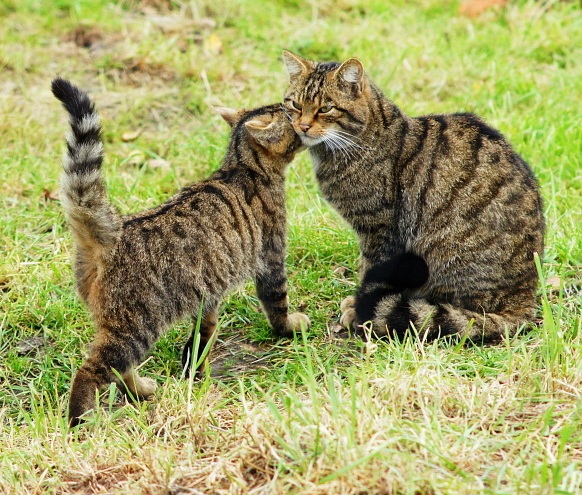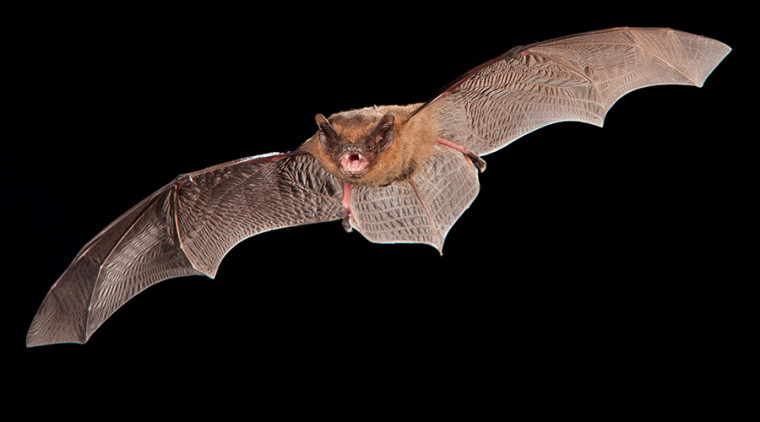I was asked whether any of the wildlife we find in a British garden is endangered or protected? Here is the summary of what you need to know.
Slow-worms (Anguis fragilis )are protected in the UK under Schedule 5 of the Wildlife and Countryside Act (1981).
Hedgehogs are protected by British law under Schedule 6 of the Wildlife and Countryside Act 1981, making it illegal to kill or capture them using certain methods. ... Additionally, hedgehogs are on the Scottish Biodiversity list as 'Watching Brief Only' requiring monitoring to prevent decline.
Hedgehogs ( Erinaceinae) are already broadly protected under the Wildlife and Countryside Act 1981. The Government continues to be concerned about the decline in hedgehog numbers and notes the recent State of Britain's Hedgehogs Report 2018, which suggests that the urban population is stabilising.
A "specially protected wild animal" is: a badger, bat, wild cat, dolphin, dormouse, hedgehog, pine marten, otter, polecat, shrew or red squirrel. The law defines certain other species as vermin and landowners are permitted (or, in the case of wild rabbits, are required) to cull them.
"wild cat" refers to Felis silvestris which were thought to be mainly surviving in Scotland but there are reports from England and Wales -some are probably re-introductions.
The Dormouse (Muscardinus avellanarius)
Pipistrelle bats (Pipistrellus pipistrellus) of which I get a few over my garden.
I ought to mention that you may get a feral cat in your garden. These are domestic cats who have been dumped or born from dumped cats and you have to remember that they are wild and try to pick one up may not end well for you -cat scratches need surgical spirits. However, they will learn to tolerate your presence (basically like most domestic cats!) and eat scraps or food put out for hedgehogs. I mention these cats because they will do something most domestic cats will not: they will tackle rats -food. They will clear mice -food. Birds, etc are casual kills because why put the effort in to catching a bird whe there is easy food around?
Some U. S. cities are realising the benefit of feral cats for pest control -safer than poisons.
Foxes will also take rats and mice as part of their diet. Hedhogs are not being wiped out by foxes. Foxes, badgers, hedgehogs feature in many videos and photographs eating in the same area -often with domestic cats (again IF the cat tolerates them!).
Badgers (Meles meles) are said to be the main predator of hedgehogs and rescues will not release hogs into badger territory. Again, where food is scarce, yes, however, where food is plentiful both eat in the same area (though I would not encourage that).
Whether beetles, moths, butterflies, birds or mammals I would encourage anyone interested to simple search online for "How to make your garden wildlife friendly" and you ought to get a lot of information including for water features for frogs, toads and even dragon and damsel flies to use (and mammals need water too!)











No comments:
Post a Comment